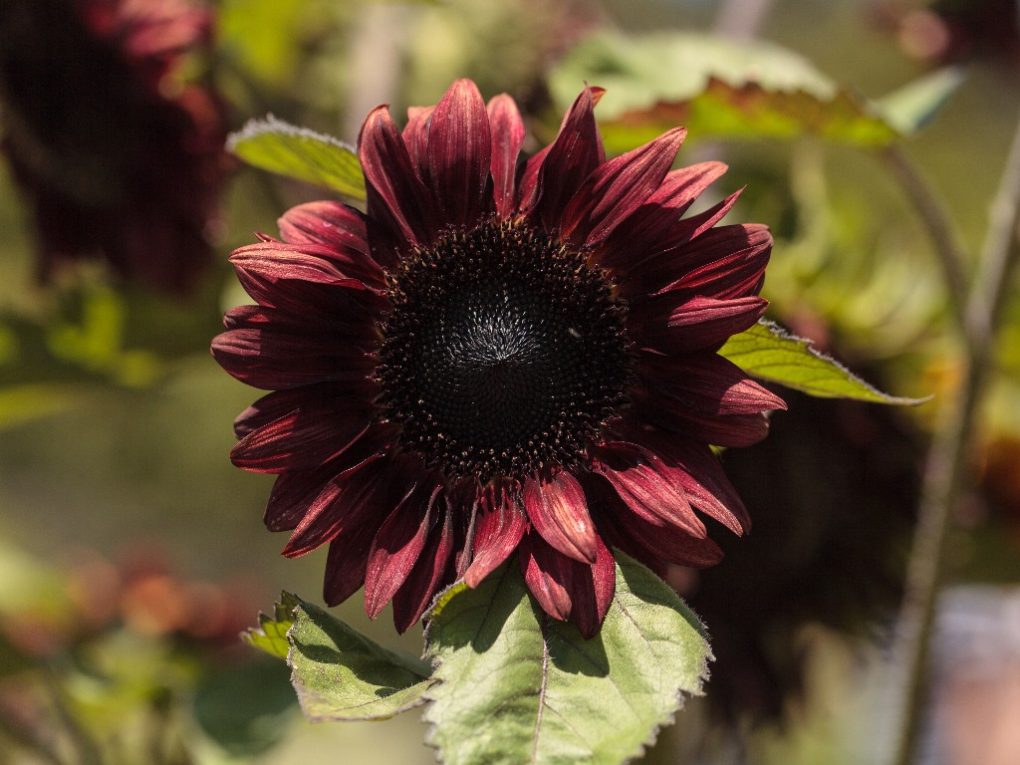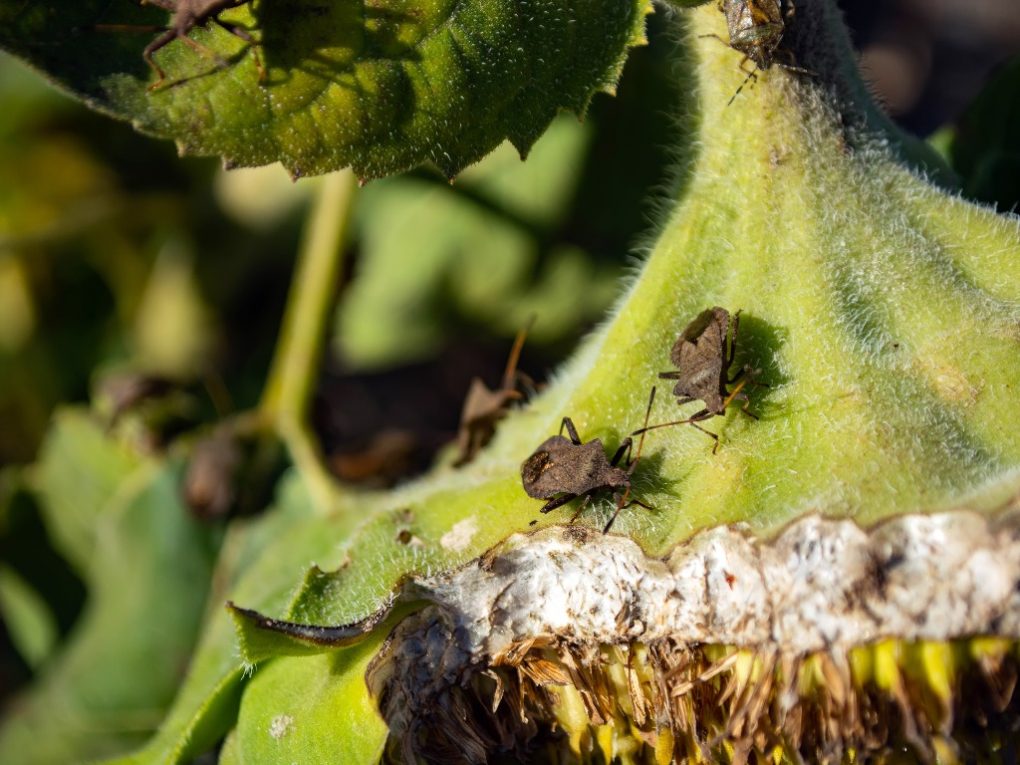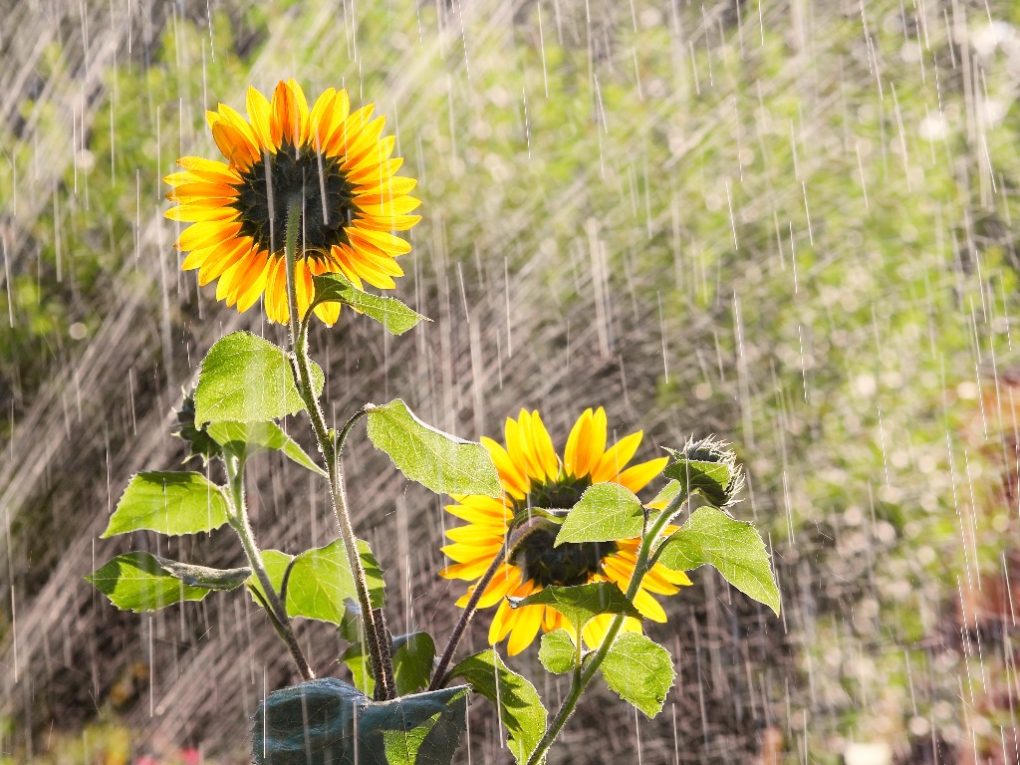Can Sunflowers Grow in Florida: A Guide to Growing Sunflowers in Florida
Yes, sunflowers can grow in Florida. Sunflowers prefer warm temperatures and plenty of sunlight. Florida has a warm and humid climate, which can favor sunflowers. However, sunflowers, including aphids, caterpillars, and fungi, can be susceptible to pests and diseases. Some of these pests and diseases may be more prevalent in Florida due to the warm and humid climate.

Choosing the right sunflower variety for Florida’s climate and growing conditions can make a big difference in the success of growing sunflowers. Some sunflower varieties are more tolerant of heat and humidity than others, so choosing a variety that will perform well in Florida is important.
Table of Contents
How to Grow Sunflowers in Florida
Choose the Right Variety
Florida’s hot and humid climate can be stressful for some sunflower varieties. Choosing a heat-tolerant variety can help the plants thrive despite the hot conditions. For example, ‘Moulin Rouge’ is a sunflower variety known for its heat tolerance.
Sunflowers are susceptible to various diseases, including powdery mildew, rust, and fungi. Some sunflower varieties have been bred to resist certain diseases, which can help prevent plant damage and ensure that the plants produce healthy blooms.
Sunflowers come in different growth habits, including branching and single-stemmed. Choosing a variety with a growth habit that suits your garden can help ensure the plants have enough space to grow and produce blooms. For example, branching types like ‘Lemon Queen’ can produce more blooms per plant but require more space than single-stemmed varieties.

Sunflowers come in various bloom sizes and colors, from small and yellow to large and red. Choosing a variety with the bloom size and color you prefer can help ensure you enjoy the sunflowers’ appearance in your garden. Sunflowers are attractive to pollinators, such as bees and butterflies. Some sunflower varieties are particularly attractive to pollinators and can support a healthy ecosystem in your garden.
Planting Time
Sunflowers prefer warm soil temperatures for seed germination, typically around 70 to 85 degrees Fahrenheit. In Florida, the soil temperature can be too hot during the summer months, which can cause the seeds to struggling to germinate. Planting during the cooler months, typically in the late fall or winter, can help ensure the soil temperature is ideal for seed germination.
Sunflowers require consistent moisture, especially during the germination and growing stages. In Florida, the rainy season is typically from May to October, and the dry season is from mid-October to April. Planting sunflowers during the dry season can help ensure the plants get the consistent moisture they need without becoming waterlogged.
Sunflowers require a certain amount of daylight to grow and bloom. In Florida, the days are longer during the summer months and shorter during the winter months. However, planting sunflowers during the cooler months can help ensure the plants have enough daylight to grow and bloom.
Sunflowers are susceptible to various pests and diseases, including aphids, caterpillars, and fungi. Planting sunflowers during the cooler months can help reduce the risk of pest and disease problems, as these issues tend to be more prevalent during the warmer, wetter months.
Soil Preparation
Sunflowers require well-draining soil to thrive. In Florida, the soil can be heavy and clay-like, leading to poor drainage and waterlogged soil. Improving soil drainage by adding organic matter, such as compost, can help ensure the sunflowers’ roots don’t become waterlogged and promote healthy growth.
Sunflowers require soil rich in nutrients to support their growth and bloom. In Florida, the soil can be nutrient-poor due to leaching from heavy rainfall and high temperatures. Fertilizing the soil with a balanced fertilizer or adding organic matter, such as compost, can help sunflowers access the nutrients they need to thrive.
Soil compaction can limit root growth and reduce the plant’s ability to absorb water and nutrients. In Florida, the soil can become compacted due to heavy rainfall and foot traffic. Loosening the soil with a garden fork or rototiller before planting can help ensure that the sunflowers’ roots can penetrate the soil easily and promote healthy growth.
Monitoring Pests and Diseases
Florida’s warm, humid climate is ideal for pests and diseases to thrive. Sunflowers are susceptible to various pests and diseases, including aphids, spider mites, whiteflies, powdery mildew, and downy mildew. Regular monitoring can help detect any signs of infestation or disease early, allowing for prompt treatment and prevention of further damage.

Pests and diseases can cause significant damage to sunflowers, reducing their growth and bloom potential. For example, aphids can cause yellowing and curling of leaves, while spider mites can cause stippling and discoloration. In addition, powdery mildew and downy mildew can cause a white or gray powdery coating on leaves, eventually leading to leaf drop and stunted growth.
Early detection of pests and diseases can lead to more effective treatment. Integrated pest management strategies can prevent or reduce infestations, such as removing infected plants, applying insecticidal soap, or using natural predators. Fungicides can also be used to treat fungal diseases. In addition, regular monitoring can help ensure that treatment is applied promptly and effectively.
Regular monitoring can also help prevent pest and disease infestations. Taking preventive measures, such as practicing good garden hygiene, rotating crops, and using disease-resistant varieties, can help reduce the risk of pests and diseases in the first place.
Sunlight
Sunflowers require sunlight to carry out photosynthesis, the process by which plants convert sunlight into energy. Sunflowers cannot produce the energy they need to grow and bloom without adequate sunlight. Florida’s warm climate is ideal for sunflowers, but they still require a certain amount of heat to grow and bloom. Sunlight provides heat, which helps promote healthy growth and bloom.
When growing sunflowers in Florida, choosing a location that receives full sun for at least 6-8 hours daily is important. Sunflowers should be planted in an area with good exposure to sunlight, such as a south-facing area or a location not shaded by trees or buildings. Providing ample sunlight can help promote healthy growth and bloom and prevent problems such as stunted growth or reduced blooms.
Watering

Sunflowers require consistent moisture to grow and bloom. In Florida, the weather can be unpredictable, with periods of heavy rainfall followed by extended dry periods. Providing consistent moisture through regular watering can help ensure that the sunflowers don’t become stressed or wilted during dry spells, which can stunt their growth and reduce flower production.
While sunflowers require consistent moisture, they also require well-draining soil. In Florida, the soil can be heavy and clay-like, leading to poor drainage and waterlogged soil. Overwatering can exacerbate this problem and lead to root rot and other fungal diseases. It’s essential to water sunflowers deeply but infrequently, allowing the soil to dry out slightly between waterings to prevent waterlogged soil.
The water quality used to water sunflowers can also affect their growth and bloom. In Florida, the water can be high in salts and minerals, which can accumulate in the soil and cause nutrient imbalances. Therefore, using high-quality, low-salt water when watering sunflowers is essential to prevent these issues.
The time of day when sunflowers are watered can also affect their growth and bloom. Watering early in the morning or late in the day when the sun is less intense can help ensure that the water doesn’t evaporate too quickly and that the sunflowers have enough time to absorb the moisture before the sun’s intensity increases.
